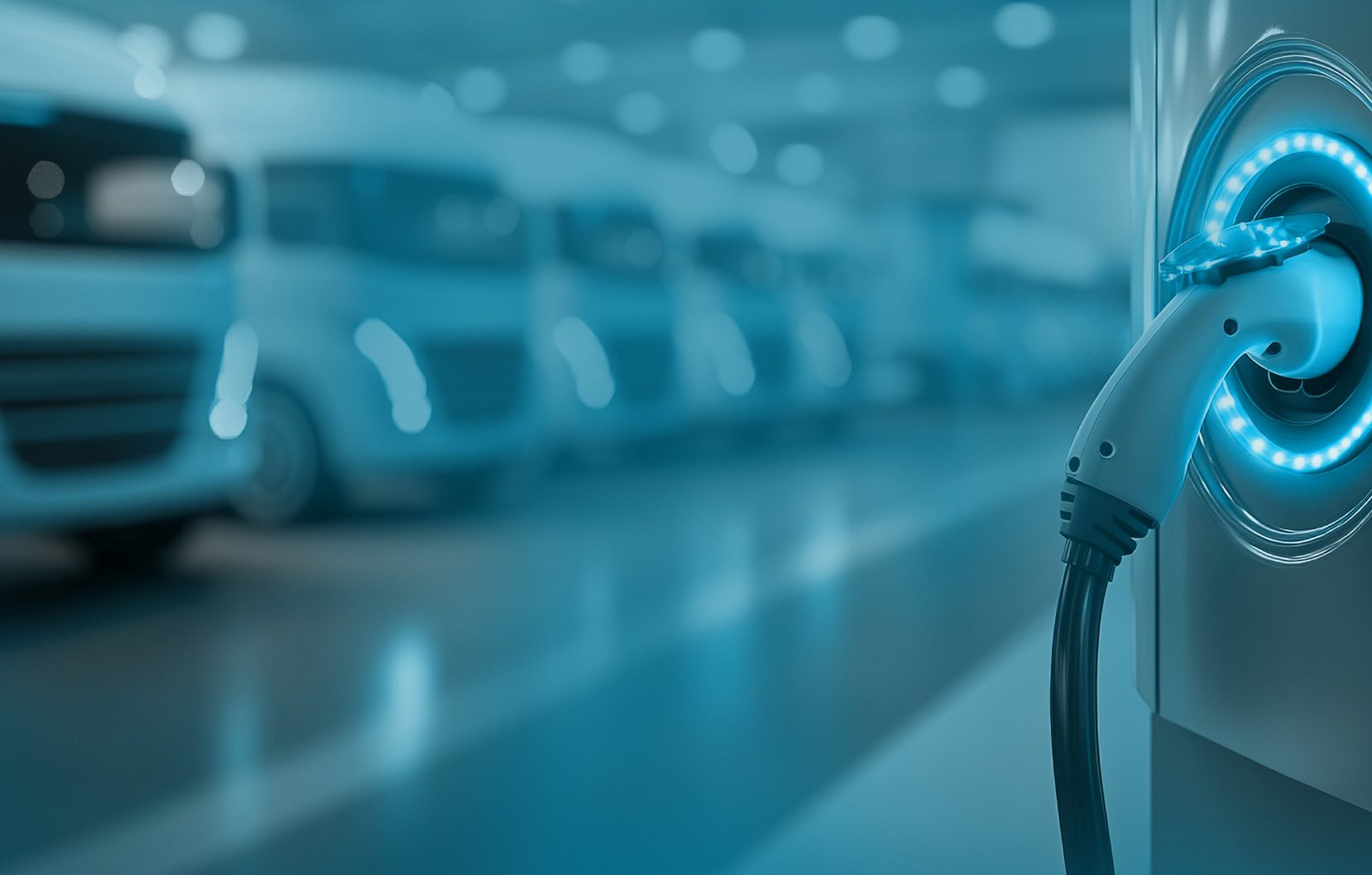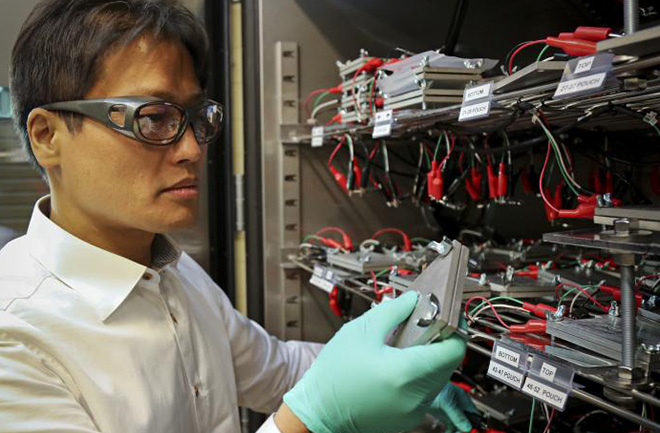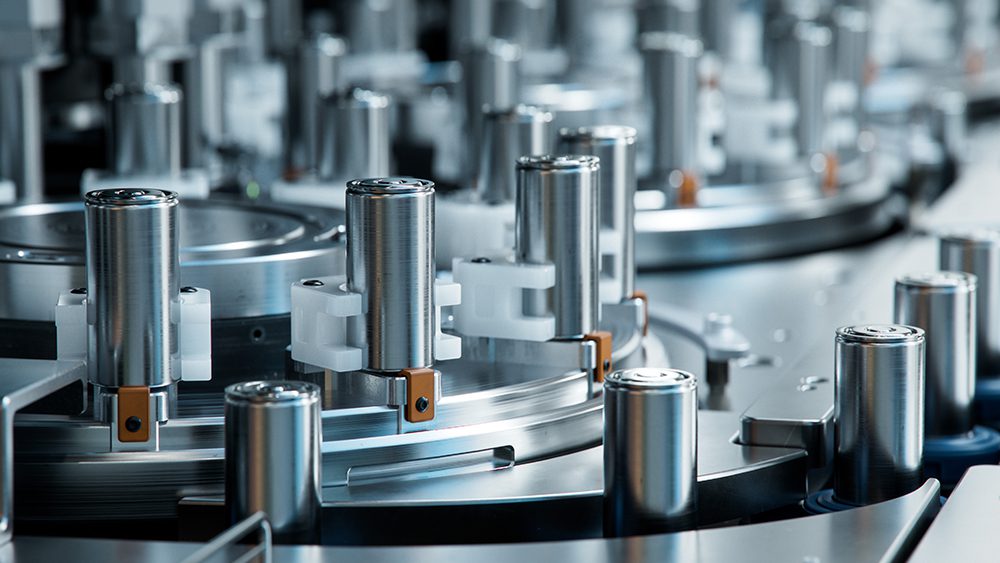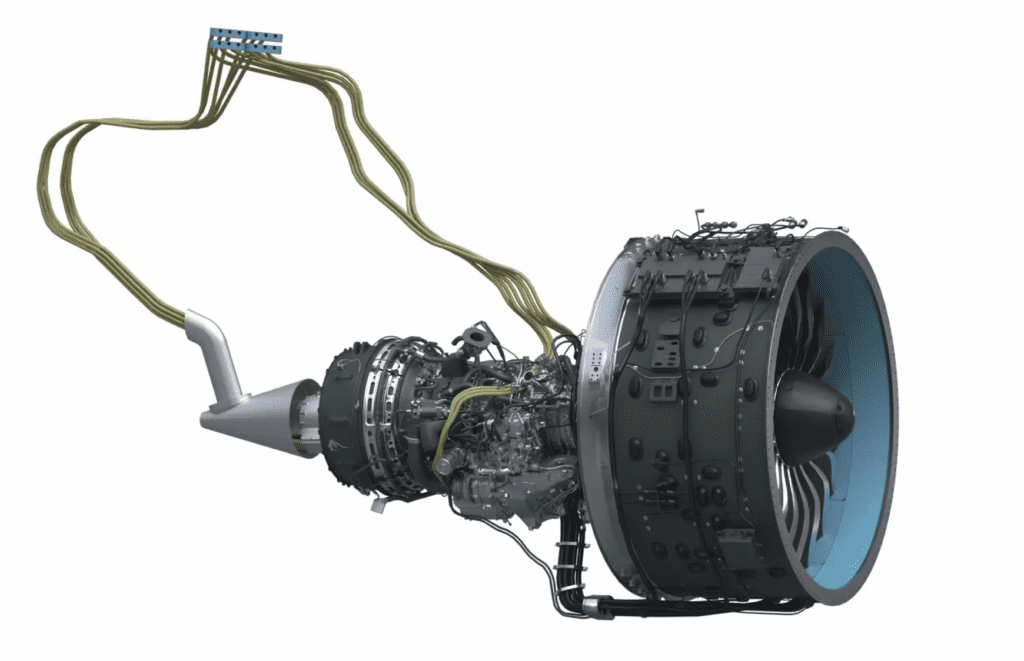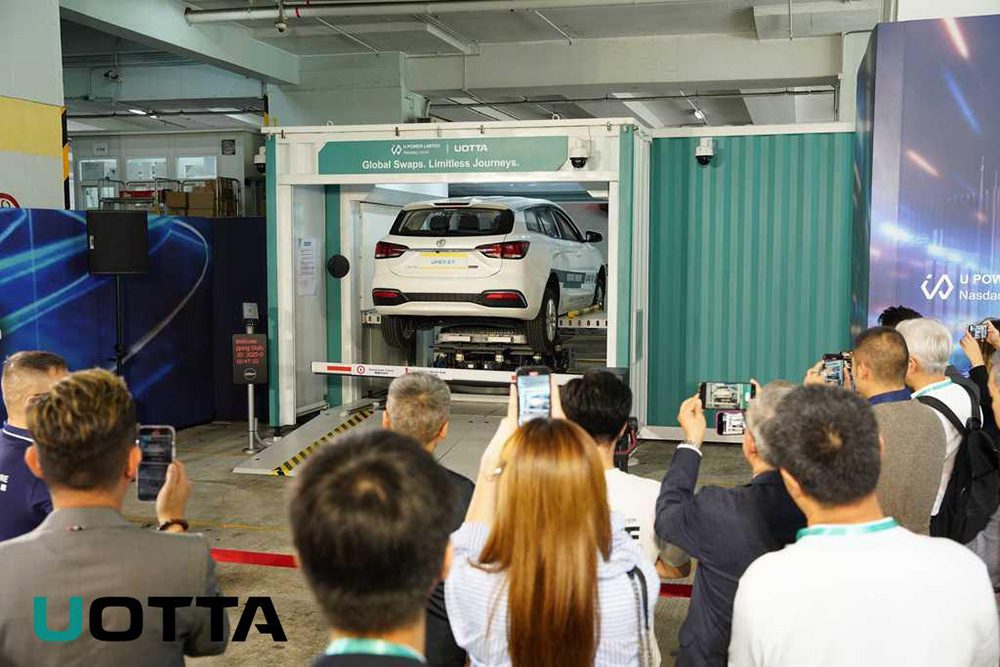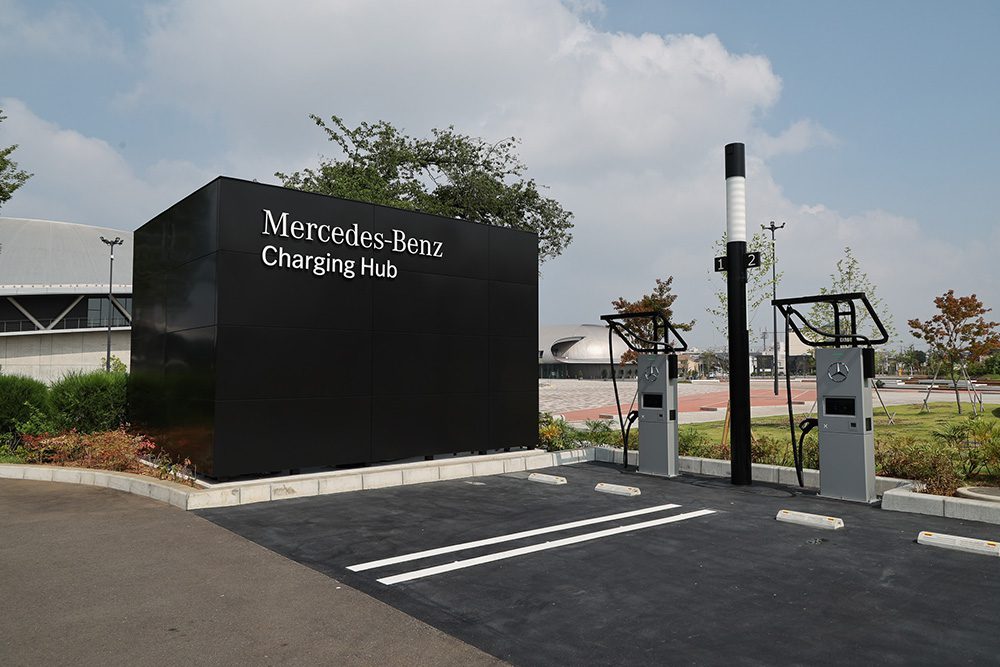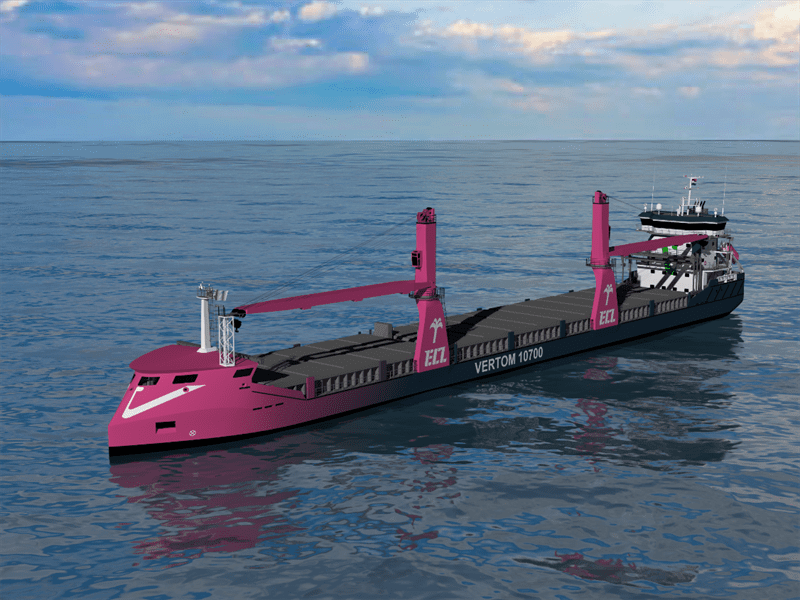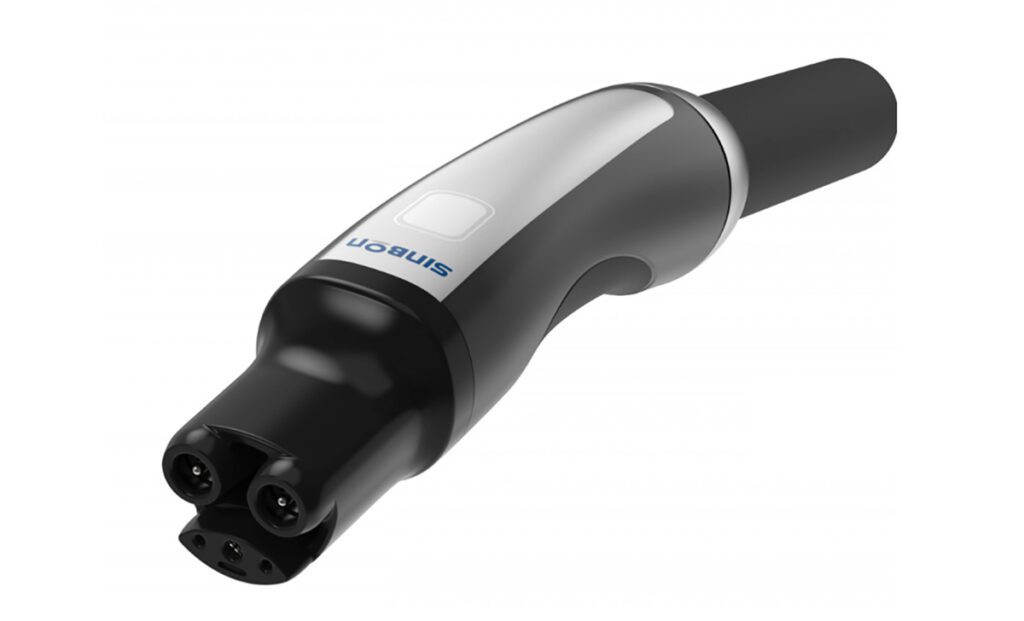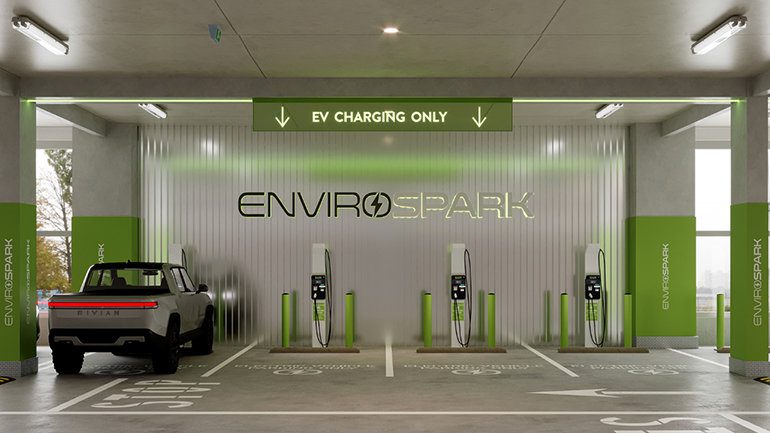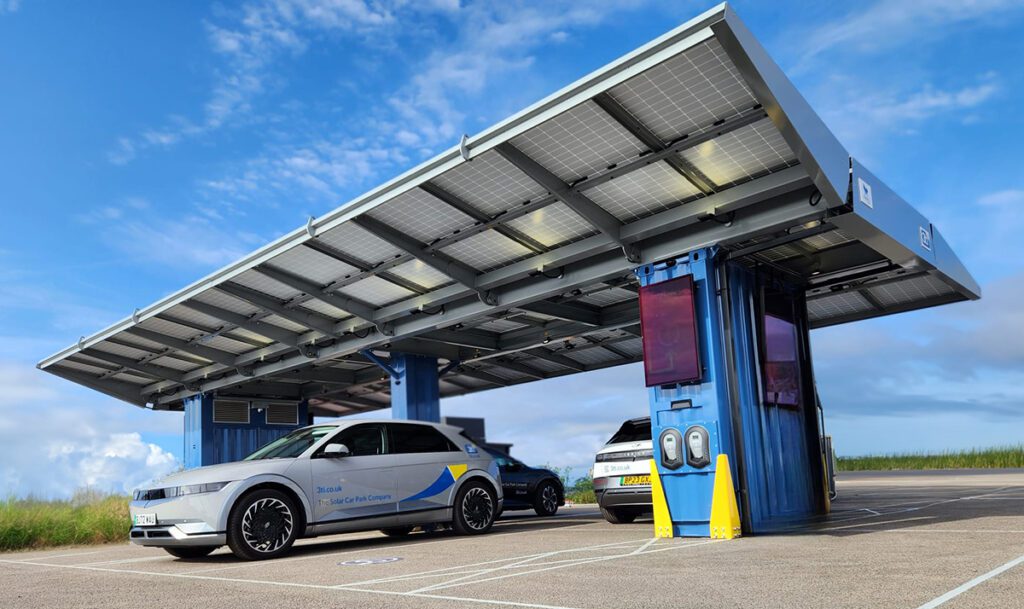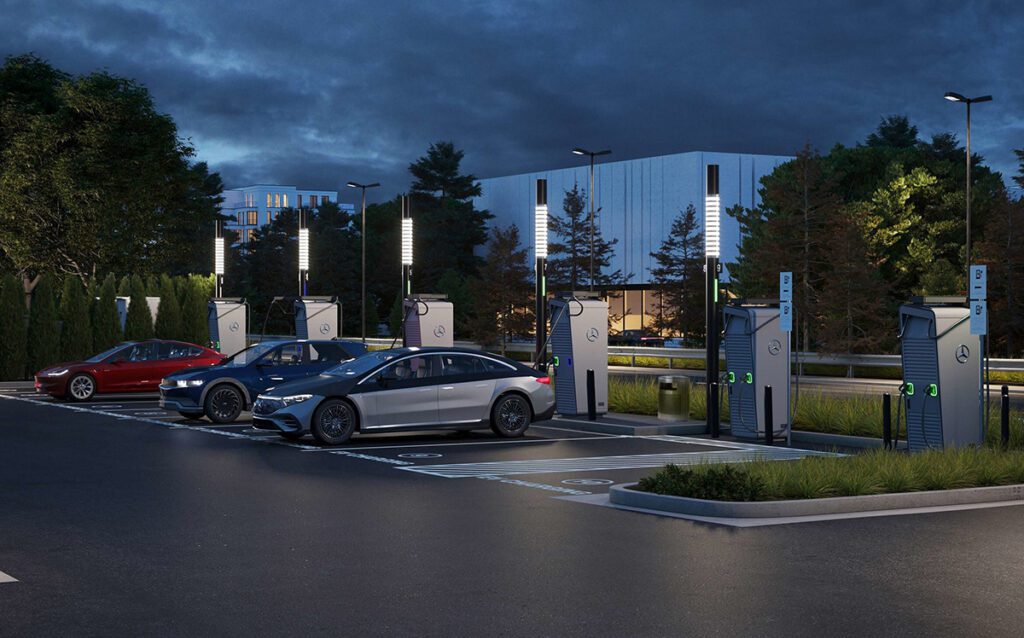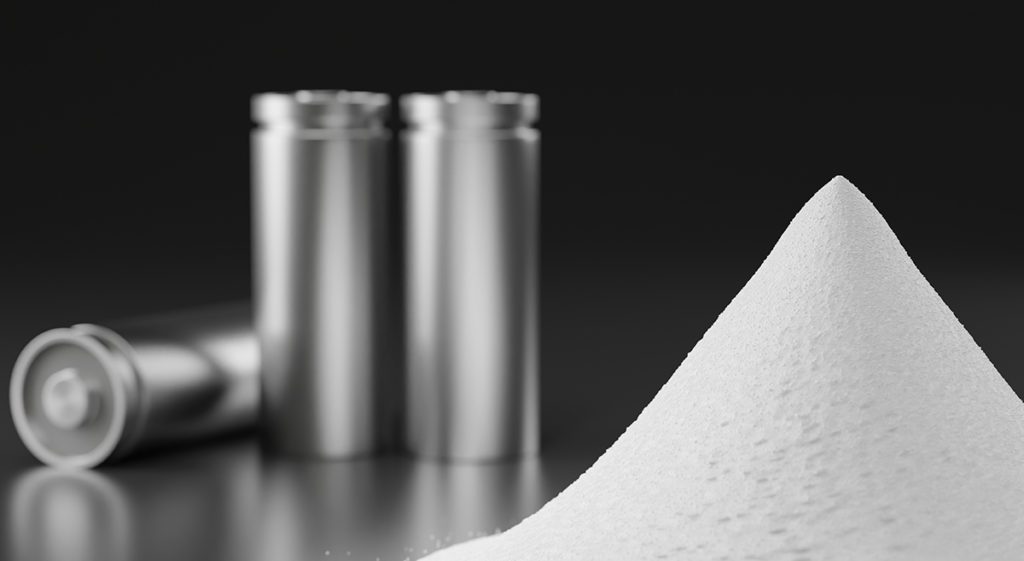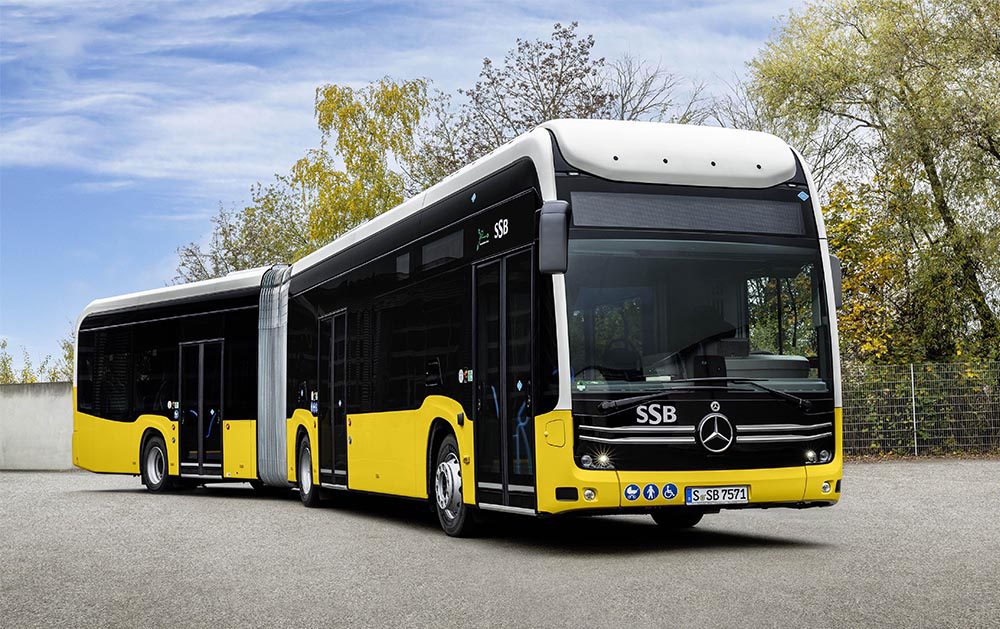A new process developed by the Oak Ridge National Laboratory could alleviate a bottleneck in battery manufacturing and deliver higher capacity batteries. It also conserves lithium, which improves battery capacity.
In “Fast formation cycling for lithium ion batteries,” published in the Journal of Power Sources, Seong Jin An and colleagues explain that the formation process, in which batteries undergo repeated cycling to stabilize and activate them for use, typically takes several days. The time-consuming process is necessary for providing a stable solid electrolyte interphase (SEI) on the anode.
“The largest contributor to processing cost during battery production is the electrolyte interphase formation step,” write the ORNL researchers. “Besides material cost…the electrolyte wetting and SEI formation steps are the most expensive processes ($2.2/kWh for electrode processing and $7.5/kWh for wetting/formation cycling). This process may take up to 3 weeks, requiring a tremendous number of charge/discharge cycles, large floor space, and intense energy for the cyclers and environmental chambers.”
The proposed formation protocol shortened formation time by 6 times or more without compromising cell performance. Results from electrochemical impedance spectroscopy showed the new protocol reduced surface film (electrolyte interphase) resistances, and 1,300 aging cycles showed an improvement in capacity retention.
The process is applicable to all lithium-ion batteries and can be tuned for other chemistries as well, said principal investigator David Wood.
Source: ORNL via Green Car Congress

